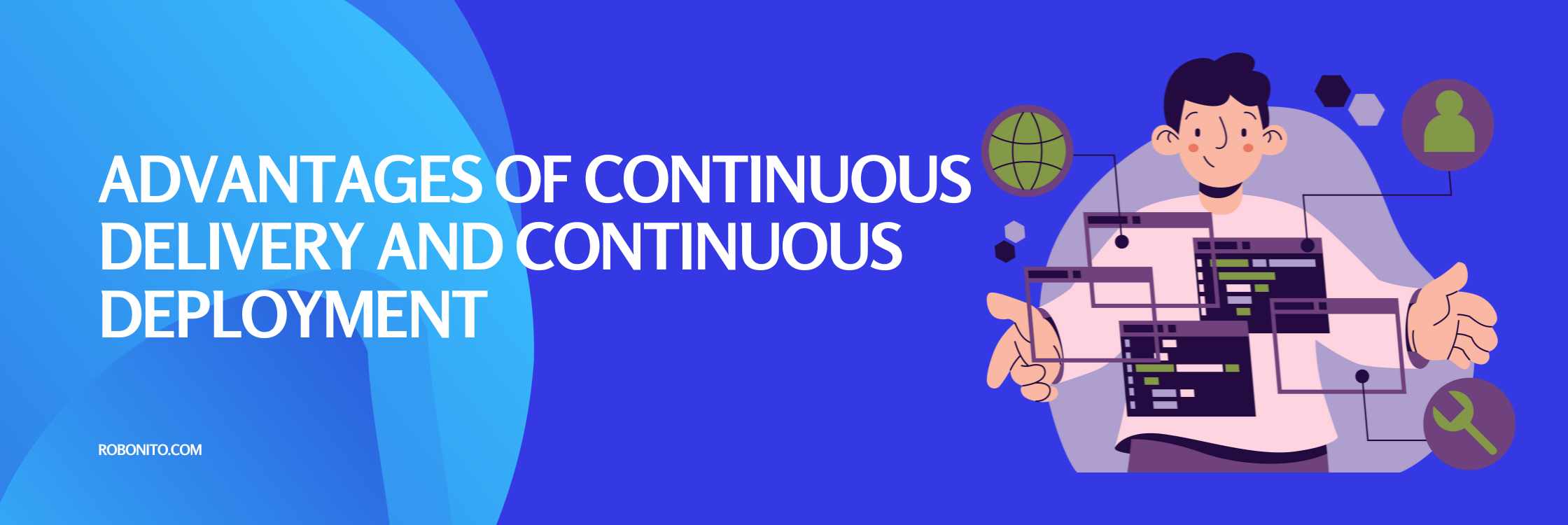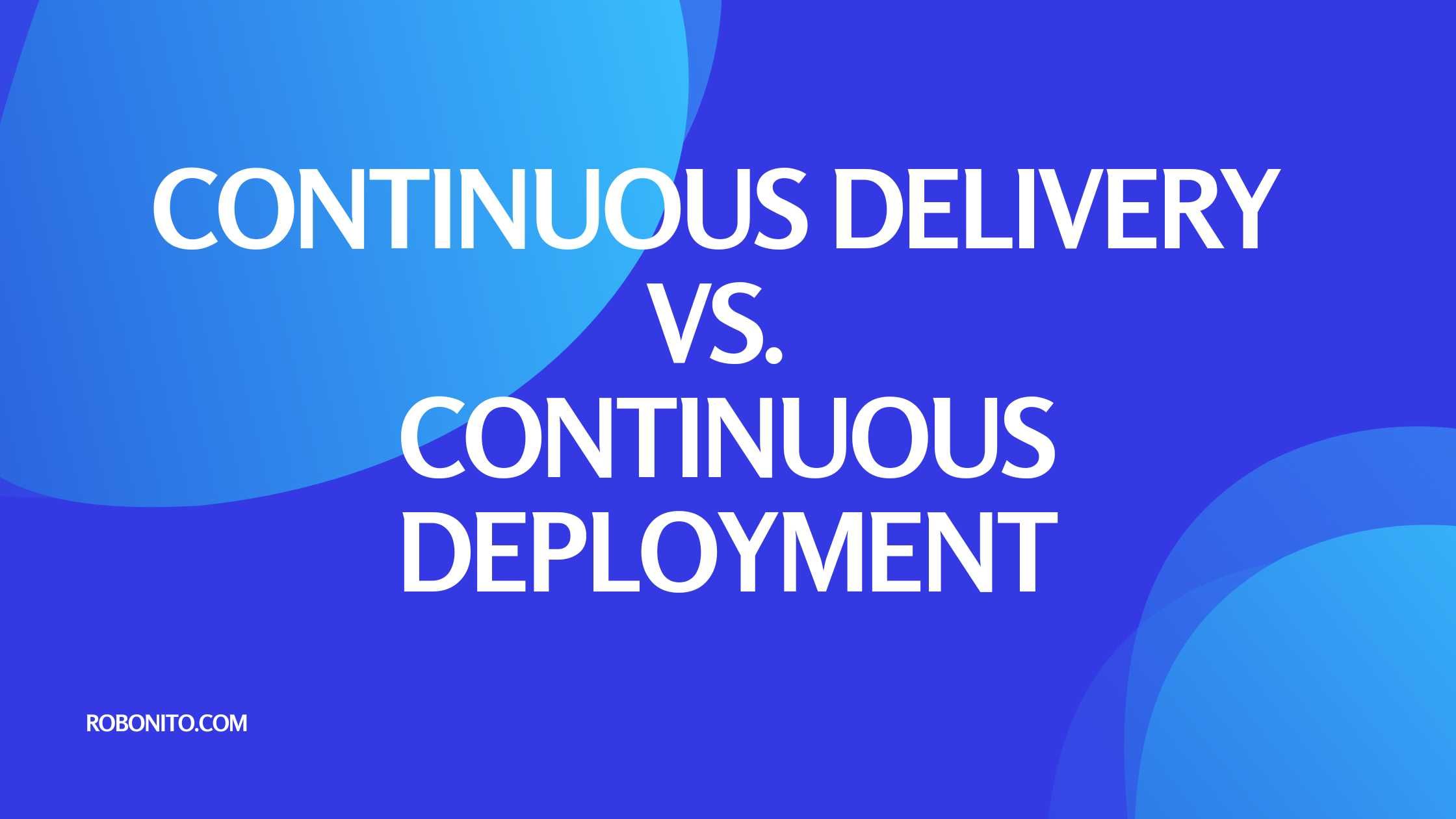Continuous Delivery revolves around the practice of ensuring that software can be released into production at any time. It emphasizes the automation of the software release process and maintaining readiness for deployment. On the other hand, Continuous Deployment takes this further by automatically releasing every change that passes the automated tests into production. Both CD and CD are crucial in today's fast-paced software development landscape, aiming to streamline and optimize the delivery pipeline.
Continuous Delivery

CD operates on the principles of ensuring that software is always in a deployable state, allowing teams to deploy at any time. It focuses on collaboration, automation, and maintaining a rigorous testing environment. The primary goal of CD is to produce high-quality software that can be deployed frequently and reliably.
Exploring Continuous Deployment

In contrast, Continuous Deployment takes the automation aspect even further, allowing every successful change to be automatically deployed into production. This method drastically reduces manual intervention, enabling rapid iterations and quicker releases, which are advantageous in scenarios requiring rapid adaptation and updates.
Advantages of Continuous Delivery and Continuous Deployment

Continuous Delivery promotes enhanced collaboration among teams, improves efficiency, and reduces the risk associated with software releases. In contrast, Continuous Deployment automates deployment processes, facilitating faster feedback loops, and accelerating time-to-market.
However, both CD and CD come with their own set of challenges, including technical complexities, compatibility issues, and cultural resistance within organizations. Overcoming these challenges requires a strategic approach, utilizing suitable tools, and fostering a conducive environment for adaptation.
Book a free demo now! and know how Robonito can reduce your testing time by 98% and reduce your costs.
Implementing Continuous Delivery and Continuous Deployment
Successful implementation of CD and CD involves adhering to best practices, employing suitable strategies, and leveraging appropriate tools and technologies. Continuous integration tools like Jenkins, GitLab CI, or CircleCI, among others, play vital roles in achieving seamless automation and integration.
Real-world Examples of Continuous Delivery and Continuous Deployment
Several companies, including Netflix, Amazon, and Google, have effectively implemented CD and CD methodologies. These organizations showcase how CD and CD, when executed correctly, can significantly enhance software development processes, allowing for quicker innovation and adaptation to market demands.
Conclusion
In conclusion, Continuous Delivery and Continuous Deployment are pivotal methodologies in modern software development. While Continuous Delivery focuses on ensuring readiness for deployment at any time, Continuous Deployment takes it a step further by automating the release of every successful change into production. Implementing these methodologies requires careful consideration of tools, strategies, and organizational culture, but when done effectively, they can revolutionize software development processes.
Book a free demo now! and know how Robonito can reduce your testing time by 98% and reduce your costs.
FAQs
-
What is the primary difference between Continuous Delivery and Continuous Deployment? Continuous Delivery focuses on ensuring software is always in a deployable state, while Continuous Deployment goes a step further, automatically releasing every successful change into production.
-
How do CD and CD benefit software development teams? They enhance collaboration, efficiency, reduce risk, and accelerate time-to-market by automating processes and enabling faster iterations.
-
What challenges might arise in implementing CD and CD? Technical complexities, compatibility issues, and cultural resistance within organizations can pose challenges.
-
Which tools are commonly used in Continuous Delivery and Continuous Deployment? Jenkins, GitLab CI, and CircleCI are among the widely used tools for automation and integration.
-
Can you provide examples of companies utilizing CD and CD effectively? Netflix, Amazon, and Google are notable examples demonstrating successful implementation of these methodologies.
